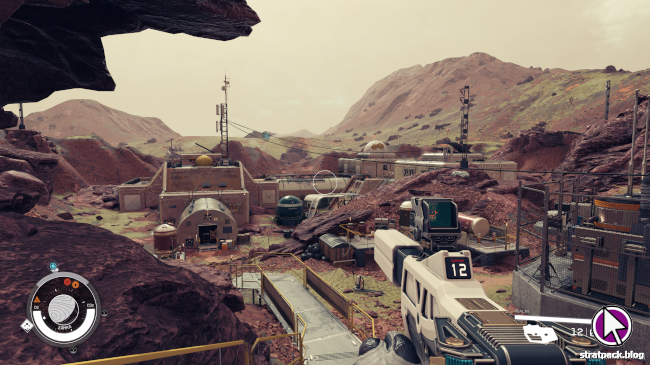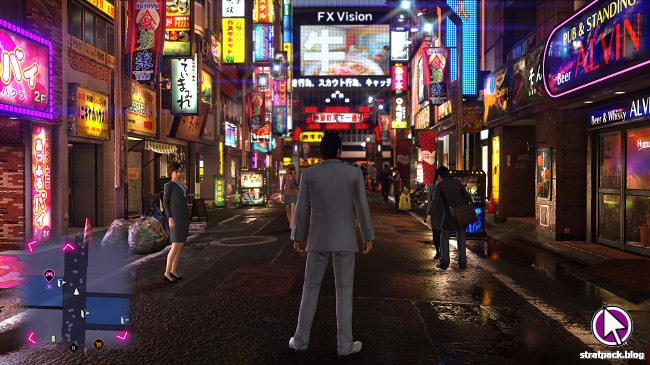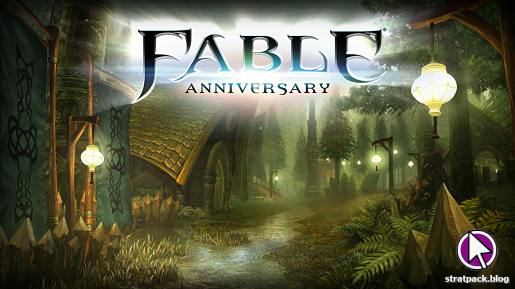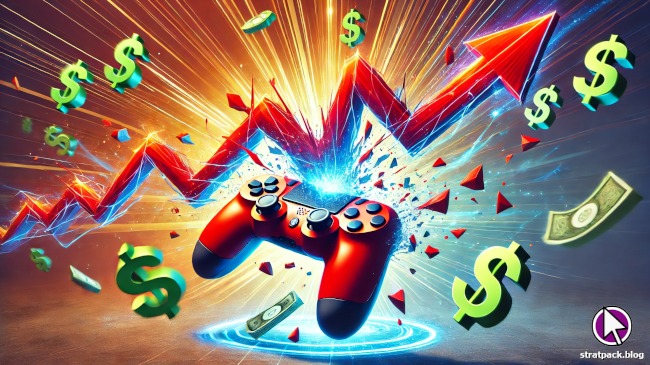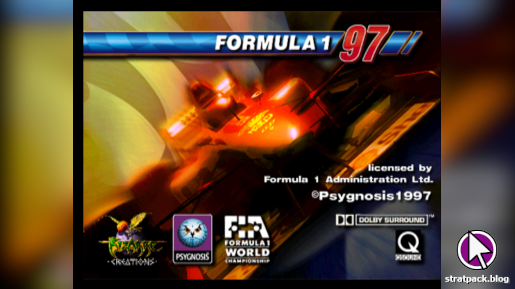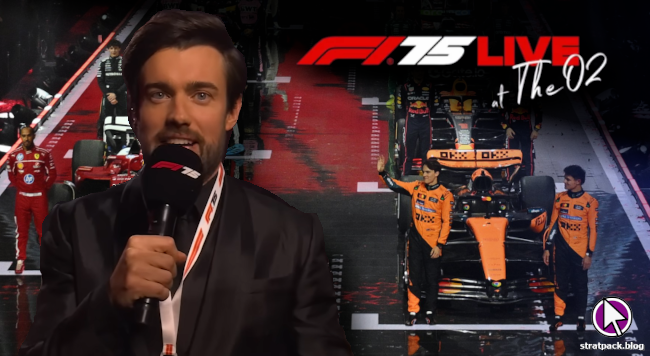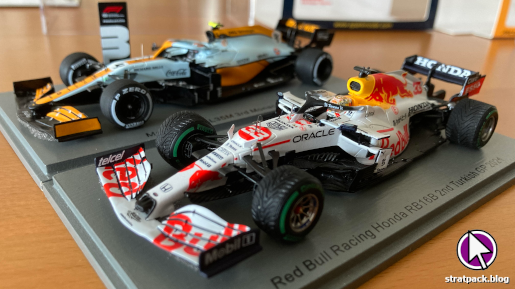
Gran Turismo 3 retrospective: Progression and reward
With Gran Turismo 7 on the horizon, I thought now seemed like a good time to revisit an earlier game in the series. The last entry I played at any length was Gran Turismo 3, the then-next-gen PS2 title that hit the shelves in 2001, so I fired up the emulator and got racing. What was I looking for? Well, I’m sure later games had many improvements, but I wanted to revisit my own memories of the series and see whether the magic remained, or whether my enthusiasm for next year’s release is based on pure nostalgia.
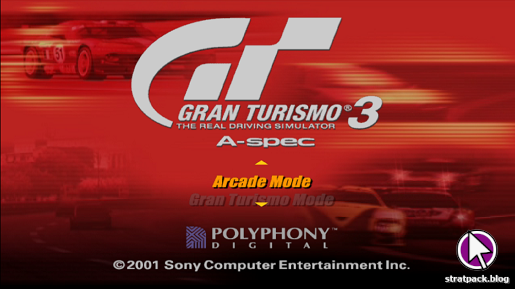
Part I: The racing
Let’s get to the heart of the matter: the racing. The first thing you’ll notice is that Gran Turismo 3 brushes up pretty well graphically. There’s not much going on outside the white lines and some circuits hide that better than others, but the tracks themselves have plenty of character and despite occasionally looking a bit flat (forgivable on the PS2) the cars - particularly the rear of your own car, which you’ll see plenty of - look great.
The game touts itself as a simulator, but takes a surprisingly arcadey approach. Although there is an option to qualify, the default route drops you straight into the race at the back of the grid and with no time to learn the track. Adding to this atmosphere is the soundtrack, which plays as you drive and includes some Feeder, an obscure early Muse track, and a couple of songs that sound like they were ripped from a Matrix fight scene.
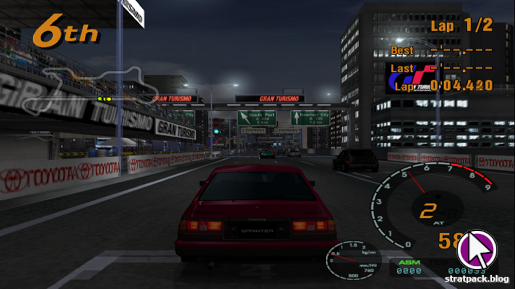
The controls are simple: X to accelerate and square to brake. I found the steering a little twitchy, better managed with careful taps on the D-pad rather than the analogue stick. Cars have a habit of oversteering and requiring opposite lock for correction - momentum is the name of the game here, and you’ll want to avoid drifts and brushes with the barriers and the AI to maintain it. Gran Turismo 3 is at its best when you hit a flow state and can throw the car around the corners while maintaining speed and stability.
Also worthy of a mention here is the force feedback, which does a fantastic job of communicating grip, movement, and textures like rumble strips. The subtlety of the system is amazing when compared even to later games. Reflections Interactive’s 2002 game Stuntman, for example, has an almost binary vibration system which seemingly only activates under wheelspin. Compared to that, Gran Turismo 3 is like a symphony for your fingers.
The AI is typical of racing games at the time. If your car is powerful enough, you can take multiple places before the end of the first straight and move up to second, but the leading car is almost always perfectly tuned to give you a run for your money. It’s usually faster than you in a straight line, meaning the player has to take corners perfectly to bring home the win. This raises the stakes, and often the entire race is a tense battle for first place.
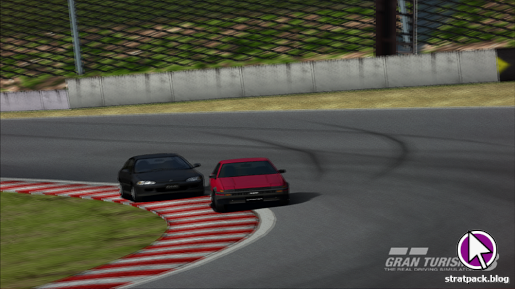
The other drivers fight hard… Except they’re not really fighting - the AI is on rails, it hunts as a pack, and it will not think twice about ramming into you if you’re on its racing line. Given the immovable nature of vehicles in Gran Turismo, this can have a huge bearing on your race. If you’re in a mild spin, these shunts can either knock you back up to speed or leave you facing the wrong way, unable to salvage any positions. There are no in betweens, and when this gets in the way and effectively ends your race it’s infuriating.
Part II: The tracks
The tracks in Gran Turismo 3 are mainly fictional. Laguna Seca and Côte d’Azur (Monaco) are the only real-world circuits and I think that is to the game’s benefit. The original tracks have a great flow with a lot of blind and flat-out corners, plus usually one or two tricky turns that deliver that little jolt of adrenaline when you finally take them just right. Whoever created these should be designing the modern Formula 1 tracks! They certainly have a lot more challenge and character than Sochi or Yas Marina.
That said, there are three duds for me. At one end of the spectrum are the Test Track and Super Speedway, which are ovals that essentially require you to hold down the X button until your finger aches, although admittedly the latter does have more challenging turns. The other extreme is Special Stage Route 11, a track so complex (and where the AI is so overpowered) that just seeing the name on a cup schedule strikes fear into my heart.
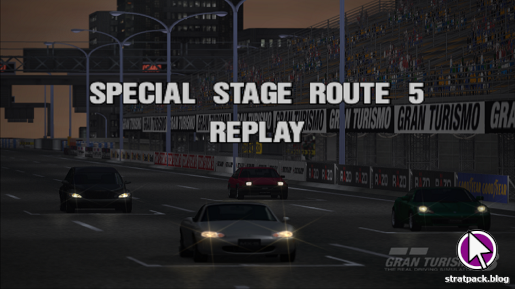
One interesting design element to point out is that the fictional tracks do a great job of warning you about what’s ahead through in-game road signs. Although the tracks borrow some elements from real-life circuits, nobody knows Mid-Field Raceway or Grand Valley Speedway like they might know Silverstone or Suzuka when they play Gran Turismo for the first time, so this is a useful addition when you’re thrown into a race at a new circuit. It’s a neat trick that retains more challenge and immersion than the now-common on-track racing line or arcade-style HUD icons.
Part III: Gran Turismo mode
The showpiece of the game, and where any sane person will spend most of their time, is Gran Turismo mode. The setup is simple: Armed with a mere 20,000 credits, you must buy a car, compete in races, and use the winnings to either upgrade your existing vehicle or buy a new one. Rinse and repeat until you own the car of your dreams and can compete in the big leagues.
Much like the old PES Master League, this makes for a classic gameplay loop. And also much like the old PES Master League, you’ll have to battle with some confusingly poor menu translation along the way. That’s more than made up for, however, by the satisfaction of installing new parts that win you races and the jazzy music so typical of Japanese games of this era.
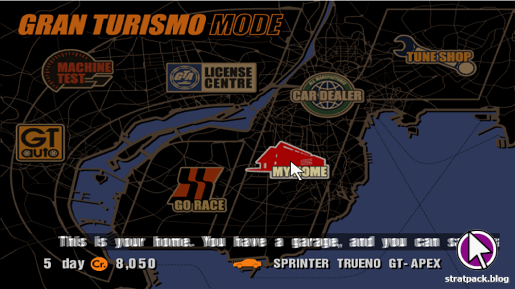
And those upgrades don’t just provide a speed improvement - the game does a really good job of conveying power through changes to engine sounds. And while in other racing games dominating the field can leave you wondering whether you should up the difficulty or rebalance the car, in Gran Turismo it’s simply super gratifying to know you’re out in front because you’ve engineered that Mazda RX-7 to within an inch of its life.
The byproduct of all this customisation is a steep difficulty curve. Your supercharged starter car will have plenty of power, but awful handling. At this point, every corner becomes a near-spin and you may find yourself having to grind out credits, too slow to win but too poor to buy a better car. But that’s the beauty of Gran Turismo - races and cups feel more like levels in other game genres than serious simulated competitions, and multiple attempts are required at each before you can take home the trophy.
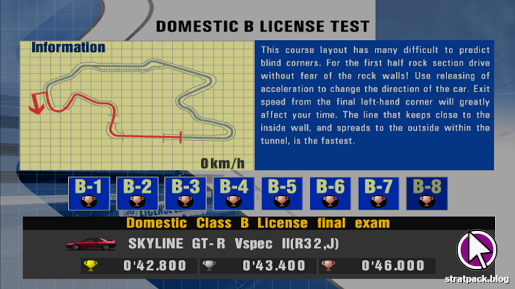
Speaking of challenges, some races require you to have earned particular racing licences in order to enter. Each licence consists of a series of tests, from driving in a straight line and stopping in a marked area to completing a fast lap of a circuit in the rain. I was expecting these to be more of a grind, but they’re actually a nice way to break things up and try some different cars early in the game. For the perfectionists, there are three pass grades, but scoring anything better than bronze takes some serious effort and I can imagine you’d go mad trying to 100 per cent all the licence tests.
Closing thoughts
Running through an emulator, Gran Turismo 3’s graphics are more than passable, and the gameplay is a classic “easy to learn, impossible to master” affair. Add to that the variety of racing on offer (I haven’t even mentioned the endurance and rally events here), a set of refreshing original tracks, and a huge variety of parts to install and setup options to tweak, and you have plenty to keep you occupied as you work your way up the tiers.
The sensitivity and propensity to drift sometimes gets a little bit much, and the aforementioned shunts from the AI will leave you raging when they ruin your race on the last corner, but there’s always a feeling that you might have done a little bit better - avoided a spin, given opponents more space, or taken a better line. While the AI cars might have been given less weight, it’s forgivable because the capability just wasn’t there for anything much better 20 years ago. Most racing games of the time took a similar approach.
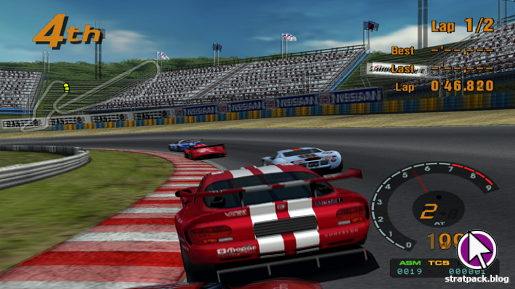
I wrote in my look back at Pro Evolution Soccer 5 that my favourite games take on some realistic features, but more importantly ensure they have a solid gameplay loop and are fun to play. Gran Turismo 3 also falls into this category. Gran Turismo mode is an addictive cycle of racing, reward, and progression that drives you to replay the same cup races over and over until you succeed. It’s a formula like no other racing game - you won’t get the same thing in F1 2021, Project Cars, or even Forza Motorsport.
Overall, Gran Turismo 3 stands up surprisingly well two decades after its release. This is a package that has plenty to keep me playing until Gran Turismo 7 arrives - it’s simply addictive. And if I was ever to get bored with Polyphony Digital’s latest offering, it might just inspire me to explore the Gran Turismo games in between that I missed first time around.




